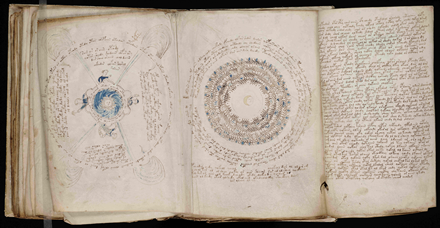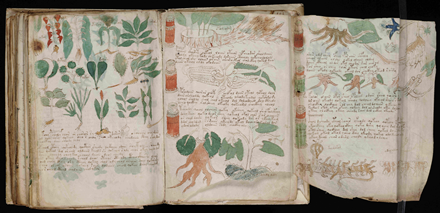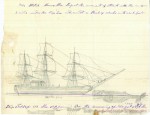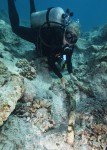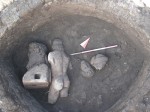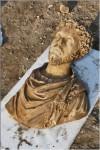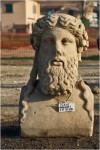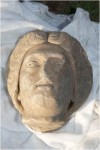German authorities have returned a 4,500-year-old Mesopotamian battle axe to Iraq. Although nobody is sure where exactly it was stolen from and what path it took out of the country, it was probably looted from an Iraqi museum or archaeological site in the chaos in the wake of the 2003 US invasion.
German authorities found the ancient axe in 2004 during an investigation into a Munich antiquities dealer and turned it over to the Roman-Germanic Central Museum (RGZM) in Mainz to determine its origin and age.
The museum found the decorated axe was from the Mesopotamian city-state of Ur, presently the site of the city Tell el-Mukayyar in southern Iraq.
Museum officials returned the axe to Iraqi Ambassador to Berlin Hussain M. Fadhlalla al-Khateeb.
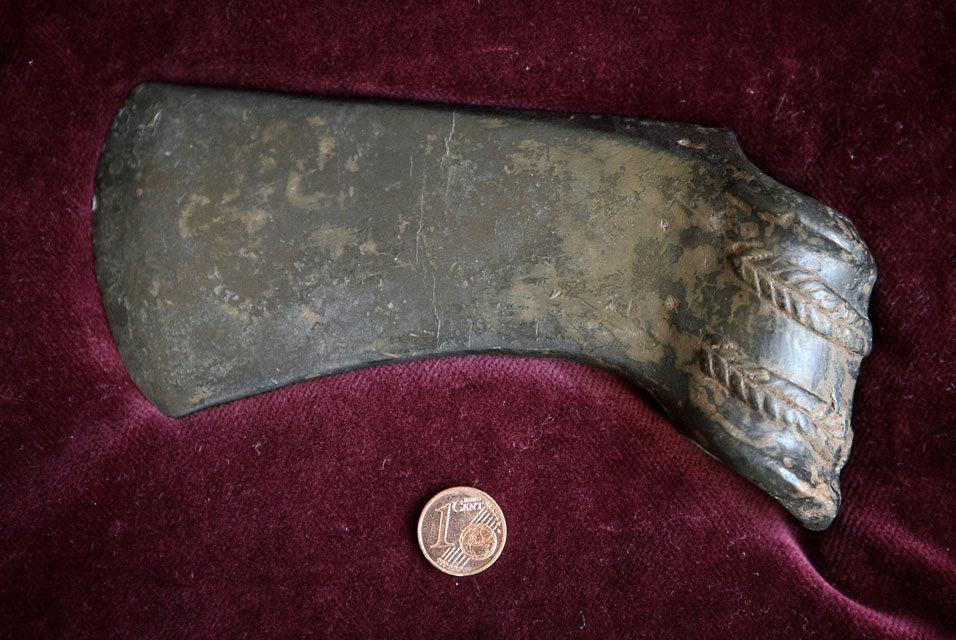
The Munich dealer is not named in any of the articles, but there was a story a couple of years ago about a Munich dealer being busted with looted Iraqi artifacts in 2004. Perhaps this is the same scofflaw.
That article also points out that the Iraqi government was concerned about Germany becoming a hub for smuggled loot because they have such a high burden of proof that it makes it virtually impossible to prove in a court of law that an unprovenanced object was in fact stolen.
“Unfortunately, we have information that make it clear that Germany has become a hub for the illegal international art market and the authorities have not yet done enough to prevent it” [former Iraqi ambassador to Berlin Alaa Al-Hashimy] said. “The legal situation in Germany is very unfortunate for us. The burden of proof is too high, especially for objects stolen by grave robbers” he said. “Even an expert opinion with a probability of provenance of 95 percent isn’t enough for the courts. Only previously catalogued objects such as those looted from the National Museum in Baghdad can be easily determined to be stolen”.
Before 2009, only one artifact thought to be looted had been returned to Iraq and it too was an axe, as coincidence would have it. The fact that it took close to 7 years for the German government to go from confiscating this battle axe to returning it indicates that there is still a major bottle neck.

